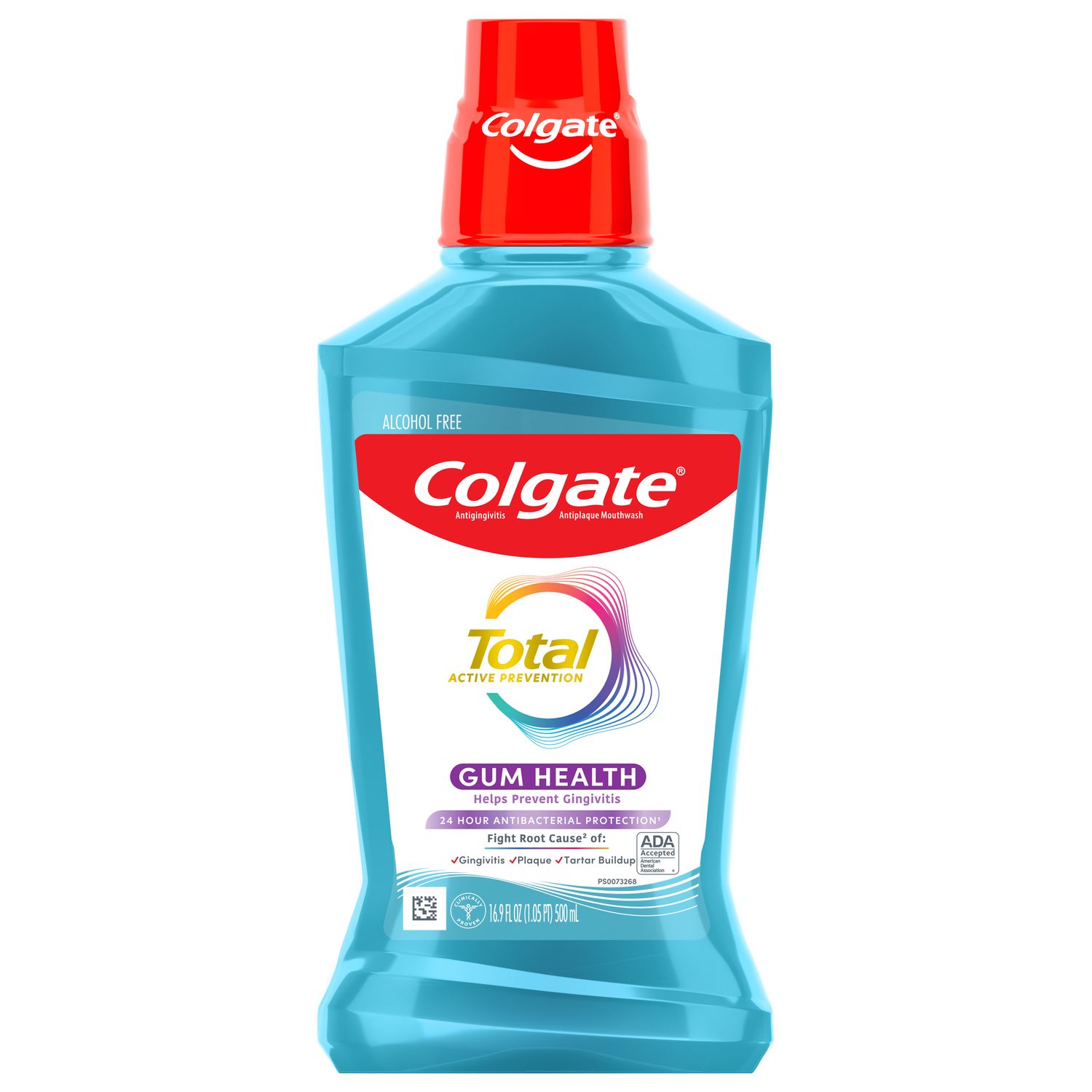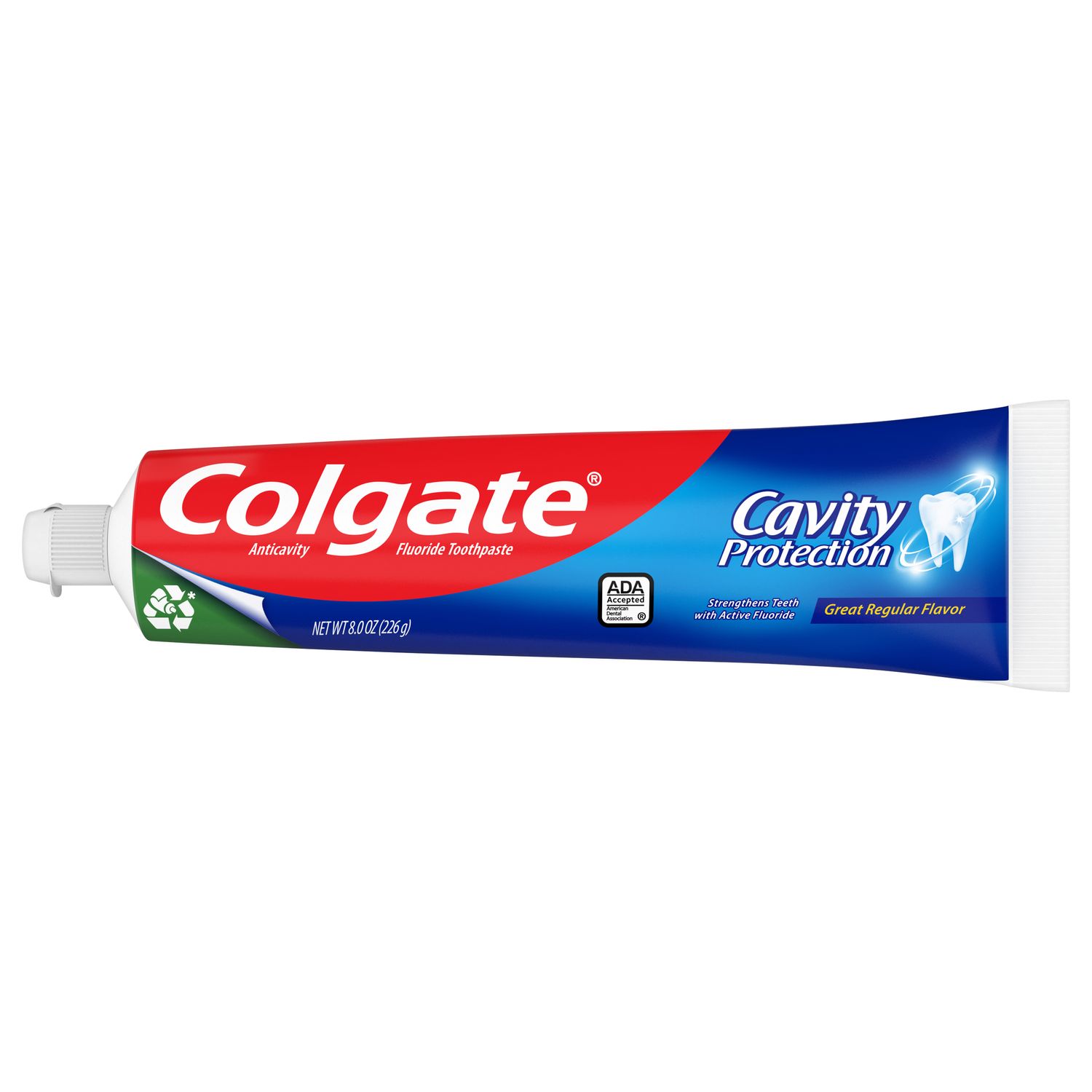What Is a Gum Abscess?
A gum abscess is a kind of periodontal infection and is characterized by a localized collection of pus (i.e., an abscess) found alongside a tooth. Contributing factors include food, foreign-body, or residual tartar impaction into the gum area. If you're already undergoing periodontal treatment, your gum abscess may be caused by introducing bacteria into the gingival pockets (during debridement) or bacterial superinfection.
Symptoms of a gum abscess are:
- Intra-oral swelling, with or without pain
- Increased pain on biting
- Purulent exudate (a discharge of pus from the area) when pressure is applied
- Bad taste in the mouth
- A sensation of the tooth being loose
What Are the Stages of Gum Abscesses?
In a seminal report, the American Academy of Periodontology classified gum abscesses into gingival and periodontal abscesses.
Gingival abscess. This condition is characterized by localized purulent infection that affects the marginal gingiva (the gingiva's terminal edge surrounding the teeth in a collar-like fashion).
Periodontal abscess. This condition also involves a localized purulent infection, but it occurs within the tissues adjacent to the periodontal pocket. If untreated, it can lead to the destruction of the periodontal ligament and alveolar bone.
Gum Abscess Treatment
According to a StatPearls study, treatment of your gum abscess aims to alleviate any symptoms and infection and reduce the risk of the infection spreading. This typically includes draining the abscess by making an incision over the area of greatest swelling on the gingiva (in the case of a gingival abscess) or through the periodontal pockets (in the case of a periodontal abscess). If you have a periodontal abscess, your dentist might decide to perform mechanical scaling of the periodontal pockets and use an antiseptic rinse to remove the dead tissue and bacteria. If a foreign object is embedded in your gums, it will also need to be removed.
In most cases, your dentist will also give you antibiotics, which will help with the infection, and recommend an over-the-counter pain reliever if needed. Once you're home, along with taking the antibiotics, you can try rinsing with warm salt water to help reduce the swelling.
Having a gum abscess can be a stressful and painful experience. That's why prevention is the best approach. Get regular cleanings at your dentist's office and maintain a good oral care routine. But remember, if you experience any pain or irritation related to a gum abscess, it's highly treatable. Just ensure that you make an appointment with your dentist as soon as possible!
Oral Care Center articles are reviewed by an oral health medical professional. This information is for educational purposes only. This content is not intended to be a substitute for professional medical advice, diagnosis or treatment. Always seek the advice of your dentist, physician or other qualified healthcare provider.
ORAL HEALTH QUIZ
What's behind your smile?
Take our Oral Health assessment to get the most from your oral care routine
ORAL HEALTH QUIZ
What's behind your smile?
Take our Oral Health assessment to get the most from your oral care routine















